E-commerce Growth
The On-Shelf Availability Solution Market Industry is significantly influenced by the rapid growth of e-commerce. As online shopping continues to expand, retailers are compelled to maintain accurate inventory levels both in physical stores and online platforms. Data suggests that e-commerce sales have increased by over 30% in recent years, prompting retailers to adopt on-shelf availability solutions that ensure seamless integration between online and offline inventory. This alignment is crucial for preventing stockouts and ensuring that customers can find products easily, regardless of their shopping channel. The rise of e-commerce is thus a key driver for the adoption of on-shelf availability solutions, as businesses seek to enhance their operational efficiency and customer experience.
Regulatory Compliance
The On-Shelf Availability Solution Market Industry is also shaped by the increasing emphasis on regulatory compliance in retail operations. Governments and regulatory bodies are implementing stricter guidelines regarding inventory management, labeling, and product availability. Retailers are required to adhere to these regulations to avoid penalties and maintain their market position. This regulatory landscape is driving the demand for on-shelf availability solutions that facilitate compliance through accurate tracking and reporting of inventory levels. As businesses strive to meet these regulatory requirements, the market for on-shelf availability solutions is expected to expand, providing tools that help retailers navigate the complexities of compliance while ensuring product availability.
Technological Advancements
The On-Shelf Availability Solution Market Industry is experiencing a surge in technological advancements that enhance inventory management and tracking. Innovations such as artificial intelligence and machine learning are being integrated into these solutions, allowing for real-time data analysis and predictive analytics. This technological evolution enables retailers to optimize stock levels, reduce out-of-stock situations, and improve overall operational efficiency. According to recent data, the adoption of advanced technologies in inventory management has led to a 20% increase in on-shelf availability rates. As retailers increasingly recognize the importance of technology in maintaining competitive advantage, the demand for sophisticated on-shelf availability solutions is likely to grow.
Consumer Demand for Convenience
In the On-Shelf Availability Solution Market Industry, there is a notable shift in consumer behavior towards convenience and immediacy. Shoppers are increasingly expecting products to be readily available when they visit stores, which places pressure on retailers to ensure optimal stock levels. This trend is reflected in market data indicating that 70% of consumers are likely to switch brands if their preferred products are unavailable. Consequently, retailers are investing in on-shelf availability solutions to meet these consumer expectations, thereby enhancing customer satisfaction and loyalty. The growing demand for convenience is driving the market for on-shelf availability solutions, as businesses strive to align their inventory practices with consumer preferences.
Focus on Supply Chain Efficiency
In the On-Shelf Availability Solution Market Industry, there is a growing focus on enhancing supply chain efficiency. Retailers are increasingly recognizing that effective supply chain management is critical to maintaining on-shelf availability. Data indicates that supply chain disruptions can lead to a 15% decrease in product availability, which directly impacts sales and customer satisfaction. As a result, businesses are investing in on-shelf availability solutions that provide visibility and control over their supply chains. By optimizing logistics, inventory turnover, and supplier relationships, retailers can improve their on-shelf availability rates. This focus on supply chain efficiency is likely to drive further growth in the on-shelf availability solutions market.
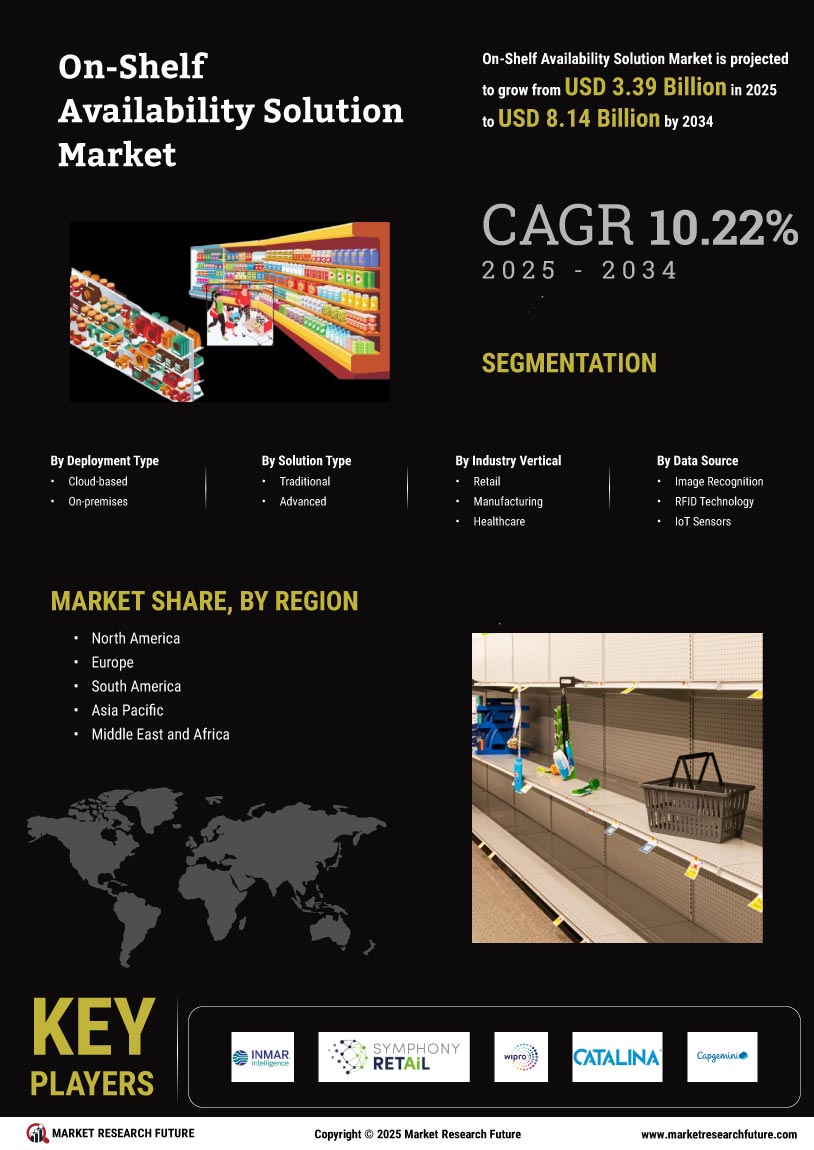

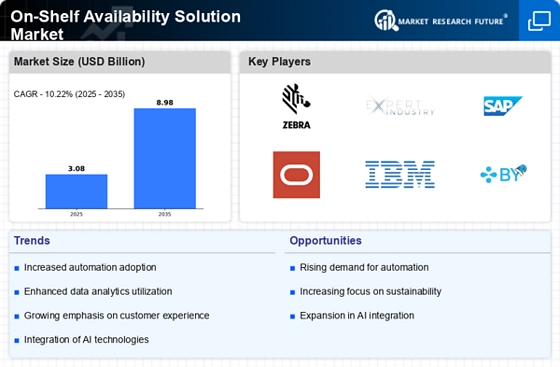
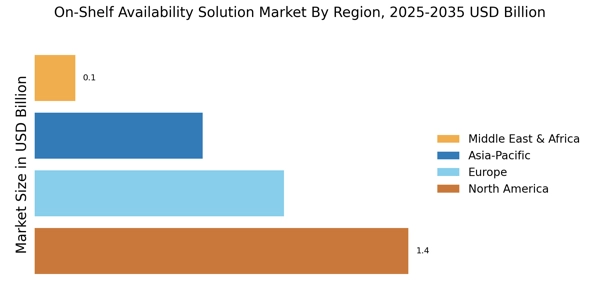
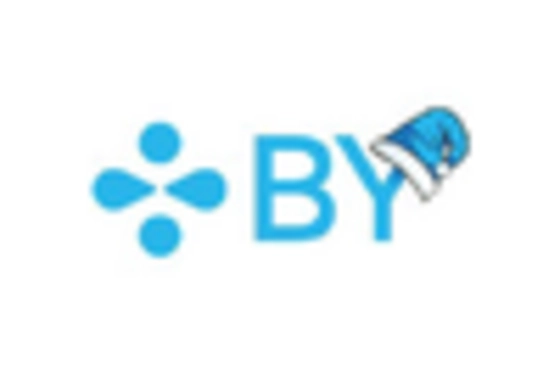

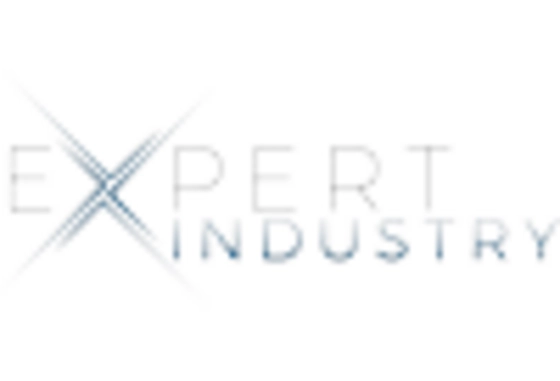


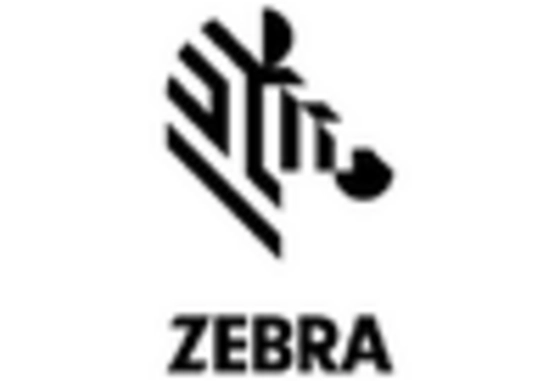








Leave a Comment